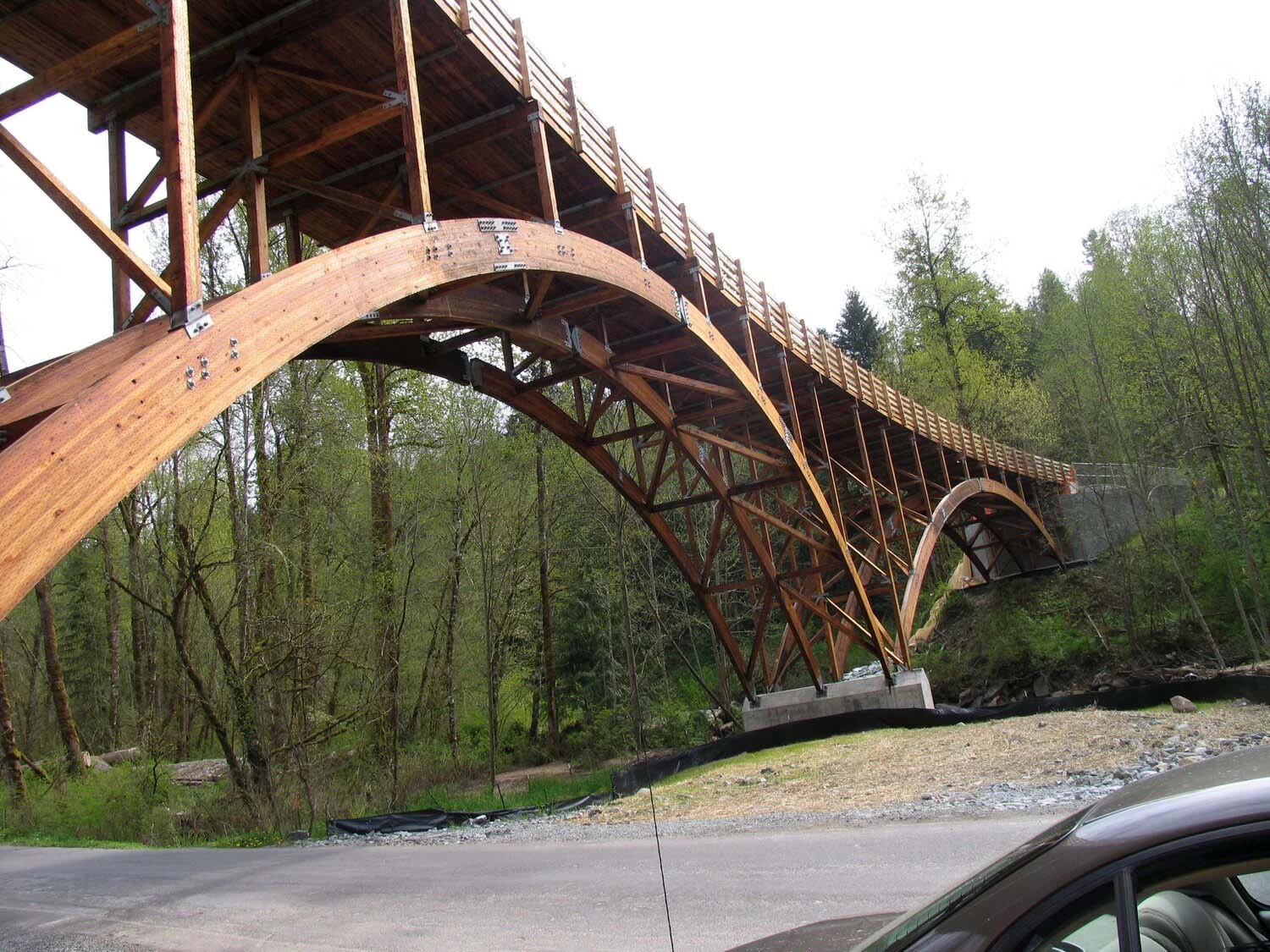Pedestrian Bridge design Preservation Techniques
Preserving Pedestrian Bridge designs involves implementing proactive measures to protect against decay, deterioration, and environmental damage, ensuring the longevity and structural integrity of timber components. Preservation techniques focus on preventing moisture ingress, controlling biological growth, and enhancing durability through surface treatments and maintenance practices. Here are key Pedestrian Bridge design preservation techniques:
1. Moisture Management:
- Proper Drainage Design:
- Ensure adequate slope and drainage systems to divert water away from Pedestrian Bridge design components, minimizing moisture exposure and reducing the risk of decay.
- Waterproofing Treatments:
- Apply waterproof coatings, sealants, or membranes to timber surfaces to create a barrier against moisture infiltration and protect against water-related damage.
2. Decay and Pest Control:
- Timber Treatments:
- Utilize preservative treatments, such as pressure impregnation with borates, copper compounds, or creosote, to inhibit fungal growth, prevent insect infestation, and enhance resistance to biological deterioration.
- Biocides and Fungicides:
- Apply biocidal and fungicidal treatments to timber surfaces to control microbial growth and protect against wood-destroying organisms.
3. Surface Protection:
- Paints and Coatings:
- Apply weather-resistant paints, stains, or clear coatings to Pedestrian Bridge design components to shield against UV radiation, moisture, and environmental contaminants, prolonging the lifespan of the timber.
- Fire-Retardant Treatments:
- Treat timber with fire-retardant coatings or intumescent paints to enhance fire resistance and comply with safety regulations, especially in wildfire-prone areas.
4. Maintenance and Inspection:
- Regular Cleaning and Debris Removal:
- Remove debris, vegetation, and organic matter from timber surfaces to prevent moisture accumulation and minimize biological growth.
- Periodic Inspections:
- Conduct routine inspections of Pedestrian Bridge design components to assess for signs of decay, damage, or structural defects, enabling timely repairs and maintenance interventions.
5. Repair and Rehabilitation:
- Timber Splicing and Replacement:
- Replace decayed or damaged timber elements with new timber sections using splicing techniques, scarf joints, or dowel connections to restore structural integrity and maintain load-bearing capacity.
- Reinforcement and Strengthening:
- Reinforce Pedestrian Bridge design components with steel plates, bolts, or composite materials to improve structural performance and extend service life.
6. Environmental Considerations:
- Sustainable Practices:
- Implement sustainable timber preservation practices that minimize environmental impact, promote responsible forestry management, and comply with regulatory standards for environmental conservation.
Conclusion:
Pedestrian Bridge design preservation techniques encompass a range of strategies aimed at protecting timber components from moisture, decay, pests, and environmental hazards. By integrating proactive maintenance, surface treatments, and repair interventions into Pedestrian Bridge design management plans, engineers and stakeholders can enhance the durability, resilience, and sustainability of Pedestrian Bridge designs over their service life. Continuous monitoring, adaptive management practices, and collaborative efforts among industry professionals are essential for implementing effective Pedestrian Bridge design preservation techniques that ensure safe and reliable transportation infrastructure while preserving natural resources and minimizing environmental impact.
